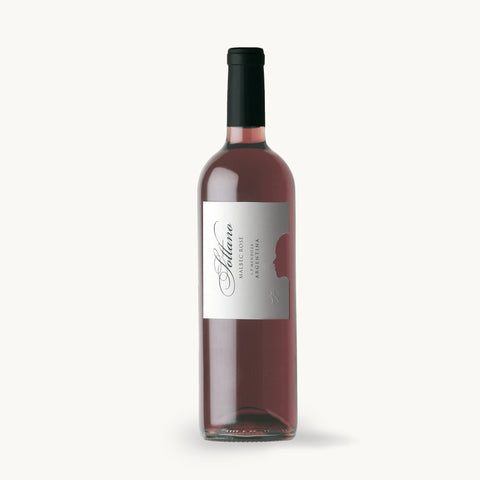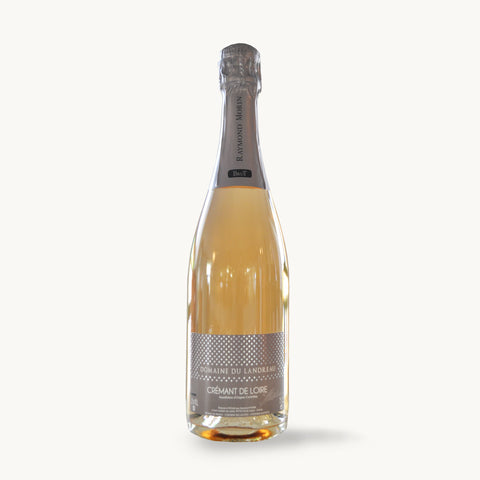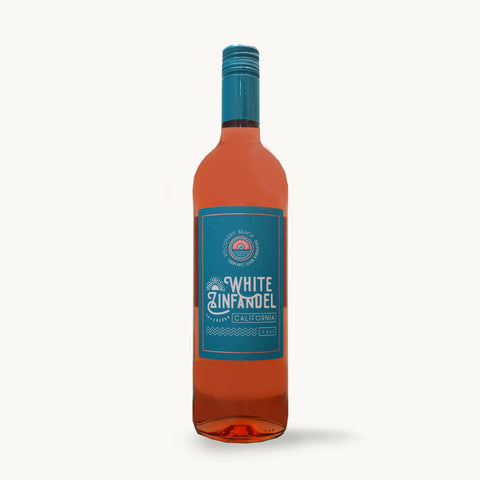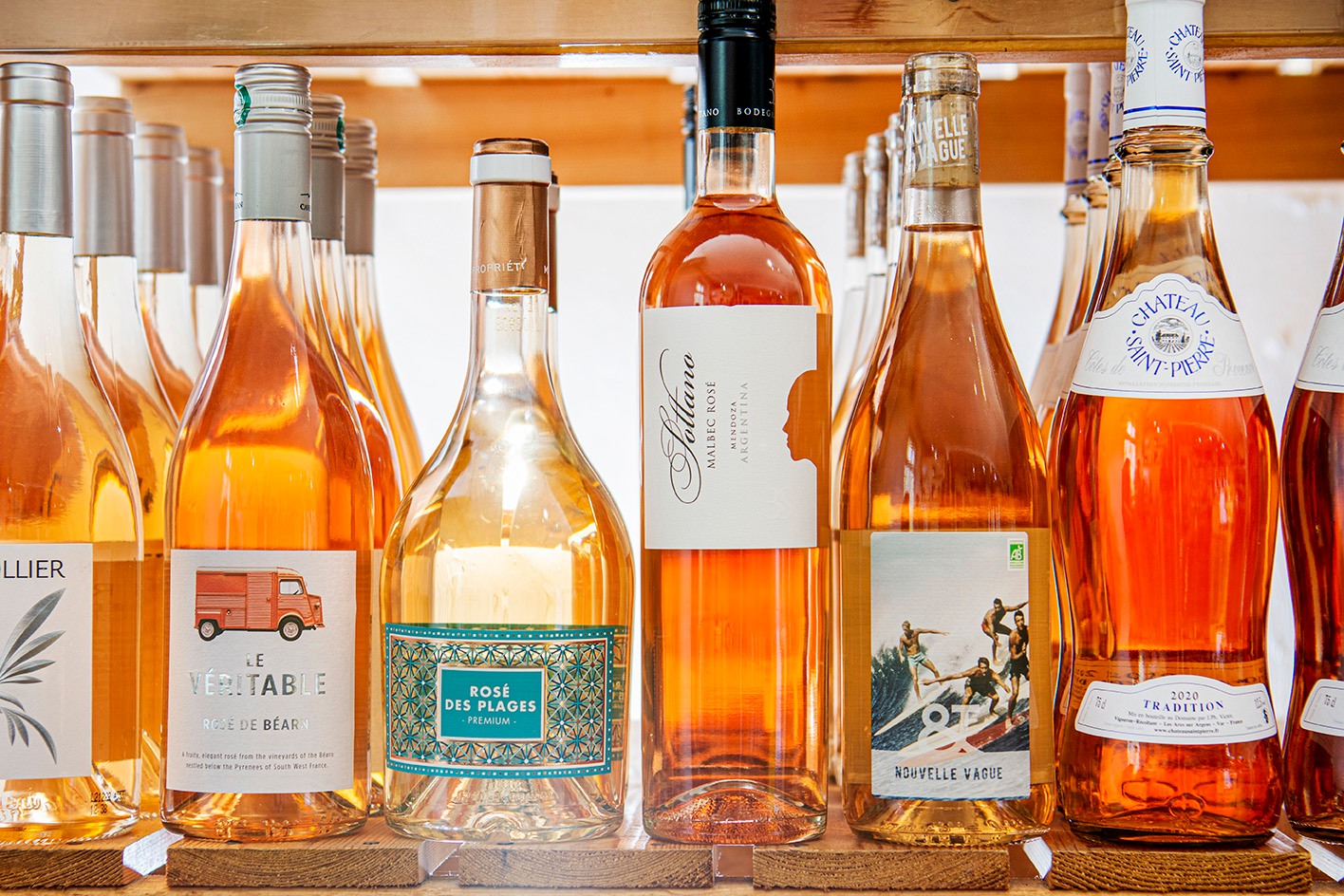Rosato, rosado: Call it what you will, our love affair (blush!) with rosé continues unabated. Once seen as nothing more than simple summer refreshment, the ‘pink wines’ category is growing and diversifying, as we drink more of it all year round and learn to appreciate the nuances of the different styles available.
And, with a burgeoning number of rosés to choose from across both still and sparkling categories, there’s so much food matching potential that the ubiquitous words ‘aperitif/salads/seafood’ don’t really cut it anymore!

Below is a summary of the different styles you’ll likely to find on the shelves of your favourite indie wine merchant.
But first, a general note on choosing rosé…
Almost all grapes have clear juice. For rosés, the depth of colour is dictated by the length of time in contact with the skins of the red grapes which are used to make it (apart from Champagne, rosé is not a mix of red and white wine as you might suppose). Deeper colour indicates fuller body because this comes from the tannins in the skin during contact, but colour doesn’t dictate flavour profile or sweetness. In short, the colour of rosé can be deceptive so look out for grape varieties or regions too when picking your pinks.
Lightest pinks
Usually very pale, Provence rosés like our Chateau St Pierre generally fall into this category. Some are so faintly coloured they could be mistaken for white wine, but they are far from insipid; some of the finest rosés are achingly pale but packed with incredible nuances of flavour.

Medium-bodied
Slightly deeper in colour, the juice will have had more skin contact time and therefore be a little fuller in body. This is a very versatile style – usually quite fruity but still dry - which you can enjoy in the form of our Agrado Rioja Rosado for example.

Fuller-bodied, deep in colour
Here we’re talking slightly richer and bolder in colour and a touch more tannin – in the hinterlands of a light red wine in both mouthfeel and colour. A good example is Sottano’s Malbec Rosé from Argentina.

Sparkling Rosé
Ultimate refreshment can often be found in the form of sparkling rosé, which itself can be anything from delicate and pale, to rich and deep, or indeed sweet. Our favourite is this Crémant Rosé, which is the embodiment of balance and elegance.

Semi-Sweet Rosé
The summer fruit and floral characteristics of many rosés lend themselves to being made in sweeter styles, like our California White Zinfandel. White Zinfandel (which is actually dark pink in colour) is made by stopping the fermentation of red Zinfandel grapes, which leaves residual sugar and hence sweetness.

Now that you’ve swotted up on the different styles of rosé out there, it’s time to put a pink-tinted slant on the world of food and wine matching in our blog, Rosé wine and food matching: Inspiration for summer!


